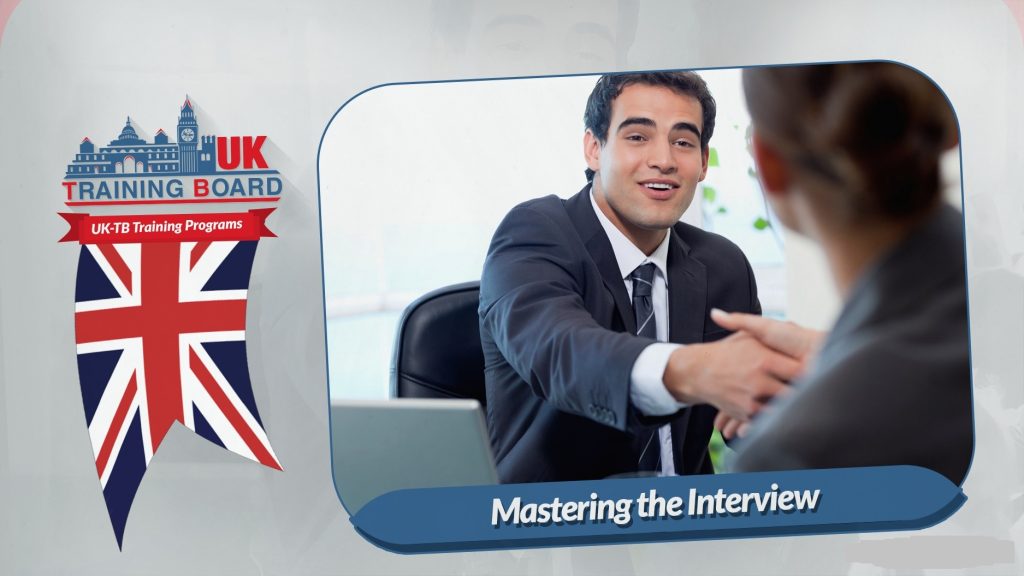In the ever-evolving landscape of the professional world, the ability to introduce oneself effectively is a crucial skill. Whether you’re attending a networking event, participating in a job interview, or meeting new colleagues, a well-crafted self-introduction can leave a lasting impression. In this blog post, we’ll explore the key elements of a professional self-introduction and provide practical tips to help you master this essential skill.
Understanding the Purpose:
Before delving into the specifics, it’s important to understand the purpose of a professional self-introduction. Essentially, it serves as a verbal business card, offering a snapshot of who you are, what you do, and what sets you apart. The goal is to capture the listener’s attention, make a positive impression, and create a foundation for meaningful professional connections.
Crafting a Memorable Elevator Pitch:
One of the fundamental aspects of a professional self-introduction is the elevator pitch – a concise and compelling summary of yourself. Keep it under a minute, as this is typically the time you have to make an impact in various professional settings. Begin with your name and current role, followed by a brief overview of your expertise and key accomplishments. Be sure to tailor your pitch to the context and audience, emphasising aspects that align with the situation.
Building Rapport with a Personal Touch:
While maintaining professionalism, injecting a personal touch into your introduction can help build rapport and make you more relatable. Share a relevant anecdote or a passion that connects with your professional identity. This not only adds a human element to your introduction but also helps others remember you more vividly.
Highlighting Key Achievements and Skills:
To make a strong impression, highlight key achievements and skills that showcase your competence and value. This could include mentioning successful projects, relevant certifications, or any unique skills that set you apart. However, be selective and focus on aspects most relevant to the current context to avoid overwhelming your audience.
Adapting to Different Situations:
A one-size-fits-all approach seldom works in professional self-introductions. Adapt your introduction based on the specific situation, audience, and purpose. For instance, a networking event may require a more comprehensive introduction, while a team meeting might call for a concise and focused summary. Being adaptable demonstrates your awareness and ability to tailor your communication to different scenarios.
The Importance of Body Language:
Communication is not limited to words alone; your body language plays a significant role in how your introduction is perceived. Maintain good posture, make eye contact, and offer a firm handshake when appropriate. Non-verbal cues can enhance your credibility and convey confidence, contributing to a positive overall impression.
Practising and Refining Your Introduction:
Like any skill, mastering the art of professional self-introduction requires practice. Rehearse your elevator pitch in front of a mirror, record yourself, or seek feedback from trusted colleagues. Pay attention to your tone, pacing, and the overall flow of your introduction. Continuous refinement will ensure that you present yourself with confidence and authenticity.
In conclusion, a professional self-introduction is a powerful tool that can open doors to new opportunities and foster meaningful connections. By crafting a memorable elevator pitch, adding a personal touch, highlighting key achievements, adapting to different situations, and incorporating effective body language, you can make a lasting impression in any professional setting. With practice and refinement, you’ll be well-equipped to navigate the intricacies of self-introduction and leave a positive and lasting mark on those you encounter in your professional journey.



